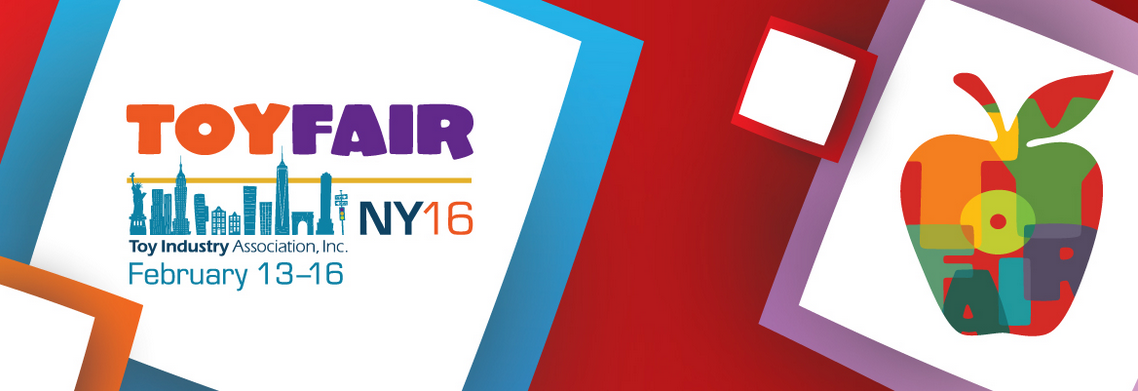

NEW YORK, Nov. 10, 2015 /PRNewswire/ -- With the holidays just around the corner, families are likely to come across misleading reports circulated by non-governmental organizations (NGOs) regarding allegedly "harmful" toys. However, the Toy Industry Association (TIA) – which works year-round to provide parents and caregivers with reliable information about safe play – is warning families not to fall for these fear-mongering tactics.
"Each holiday season, a small group of non-governmental organizations seek to generate publicity and donations for themselves by needlessly frightening parents during an otherwise joyful time of year," said Steve Pasierb, President & CEO of the Toy Industry Association. "Having spent more than two decades in public health, I see these groups time and again failing to support their claims with credible, scientific data that families can trust. What parents can rely on is knowing that all toys sold in the U.S. are highly regulated 365 days a year by the federal government and must meet more than 100 safety standard requirements. These are established facts in which parents can have faith."
TIA has conducted a thorough analysis of U.S. Public Interest Research Group's (PIRG) 2014 "Trouble in Toyland" report, W.A.T.C.H's 2014 "10 Worst Toys" list, and Clean and Healthy New York's 2015 "Toxic Toys in Monroe County" report. The analysis revealed that the data provided by these groups is unreliable and consistently fails to support their allegations that the listed toys present any danger to children at play.
HERE ARE THE FACTS:
Toy safety and protecting children at play is the top priority of the toy industry. TIA welcomes independent monitoring and analysis by outside parties – as long as these activities are carried out in a responsible manner. Unfortunately, groups like PIRG, W.A.T.C.H. and Clean and Healthy New York do nothing to advance toy safety and are not serving the interests and well-being of children and their families.
TIA was a vigorous supporter of the CPSIA, the federal consumer product safety legislation adopted in 2008, and works year-round with medical experts, consumer groups and government regulators to ensure the safety of children and maintain U.S. toy safety standards, which are among the strictest in the world. The Association educates toymakers on how to meet these standards and provides consumers with accurate facts about toy safety.
Families looking for reliable information are invited to visit TIA's www.PlaySafe.org, an online repository of toy safety facts, recall information, and tips for safe play.
About the Toy Industry Association (TIA) www.toyassociation.org / www.playsafe.org
Founded in 1916, the Toy Industry Association™, Inc. (TIA) is the not-for-profit trade association representing all businesses involved in creating and delivering toys and youth entertainment products for kids of all ages. The Association serves as the industry's voice on the cognitive, social, emotional and creative benefits of play, and promotes play's positive impact on childhood development. TIA has a long history of leadership in toy safety, having helped develop the first comprehensive toy safety standard more than 40 years ago, and remains committed to working with medical experts, government, consumers and industry on ongoing programs to ensure safe and fun play.
SOURCE Toy Industry Association
RELATED LINKS
http://www.toyassociation.org